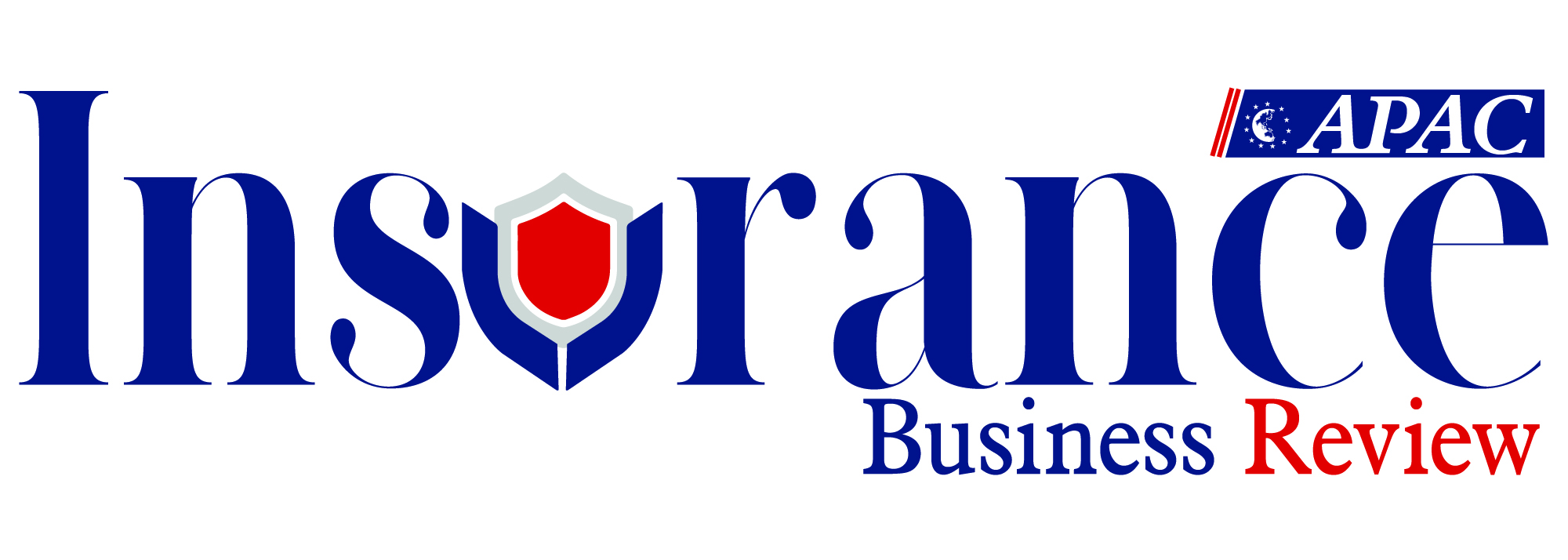Thank you for Subscribing to Insurance Business Review Weekly Brief
General Liability Insurance for Contractors in APAC
The Asia-Pacific (APAC) construction industry is experiencing rapid growth, accompanied by inherent risks. Contractors throughout the region encounter a range of potential liabilities

By
Insurance Business Review | Tuesday, April 30, 2024
Stay ahead of the industry with exclusive feature stories on the top companies, expert insights and the latest news delivered straight to your inbox. Subscribe today.
The Asia-Pacific construction industry requires General Liability insurance to protect against property damage and injury, requiring businesses to understand their needs, align policies with local regulations, and adapt to evolving trends.
FREMONT, CA: The Asia-Pacific (APAC) construction industry is experiencing rapid growth, accompanied by inherent risks. Contractors throughout the region encounter a range of potential liabilities, including property damage and bodily injury. General Liability (GL) insurance is essential for mitigating these risks and safeguarding businesses.
Operating in the APAC region entails navigating through unique challenges. The regulatory landscape exhibits significant variation across jurisdictions while subcontracting remains prevalent. Within this environment, securing GL insurance is imperative. GL insurance serves as a protective shield for business, encompassing crucial areas such as:
Bodily Injury: Should a third party, such as a worker or visitor, sustain injuries on premises, GL insurance can mitigate financial liabilities by covering medical expenses and lost wages.
Property Damage: Accidental damage to a client's property during construction activities is safeguarded under GL insurance, shielding the business from potential financial repercussions.
Personal and Advertising Injury: Coverage protects against claims arising from activities such as libel, slander, or copyright infringement in the context of marketing endeavors.
Products and Completed Operations: Additionally, GL policies may encompass claims related to defective artistry even after a project is completed, providing a comprehensive safety net for operations.
Businesses must understand their insurance needs comprehensively to safeguard against potential liabilities effectively. This necessitates meticulously analyzing project dimensions, nature, and geographical context risks. The complexity of these factors often dictates the extent of coverage required.
To pursue suitable insurance, thoroughly comparing quotes from various reputable providers is prudent. Beyond merely assessing costs, attention should be directed towards evaluating insurers' financial stability, track record in claims management, and specialized knowledge of the construction sector within the region.
Scrutinizing policy documents is imperative to ascertain alignment with specific requirements and local regulations. Particular emphasis should be placed on identifying exclusions, limitations, and deductible clauses to avoid potential coverage gaps.
Additionally, prioritizing robust safety measures fosters accident mitigation and enhances appeal to insurers, potentially resulting in reduced premiums. Implementing and maintaining stringent safety protocols positions businesses as favorable clients within the insurance realm.
Maintaining open lines of communication with qualified insurance brokers is instrumental in navigating the intricacies of the APAC insurance landscape. Leveraging their expertise enables businesses to secure tailored coverage solutions that best suit their operational needs and risk profiles.
In the context of the region, augmenting core GL coverage with specialized considerations can significantly bolster protection for businesses. Pollution liability coverage is paramount as environmental regulations across various APAC nations are increasingly stringent. This coverage safeguards against potential liabilities from accidental pollution resulting from operational activities. Employer liability insurance is indispensable, especially in jurisdictions where it may be obligatory. This coverage shields businesses from financial repercussions from claims related to work-related injuries or illnesses employees suffer. Companies operating in APAC should meticulously review their contractual obligations concerning GL insurance. Ensuring alignment between policy provisions and contractual mandates mitigates potential risks. By incorporating these additional considerations into their insurance portfolio, businesses can fortify their resilience against diverse liabilities in the APAC region.
The APAC insurance market is continuously evolving, marked by several discernible trends. The rise of InsurTech is reshaping the landscape, with technology-driven platforms streamlining quote acquisition and policy management processes. As construction projects embrace digitalization, cybersecurity concerns loom large. It's prudent for stakeholders to assess coverage options addressing potential cyberattacks that could disrupt operations or jeopardize client data security. Lastly, with the escalating frequency of natural catastrophes, there's a growing imperative to secure comprehensive coverage against damages stemming from earthquakes, floods, or typhoons. These trends underscore the importance of insurance professionals remaining vigilant and proactive in adapting to the evolving risk landscape in the APAC region.
General Liability insurance is an indispensable asset for contractors operating within the APAC market. By comprehensively assessing specific risks, exploring available coverage options, and adhering to industry best practices, businesses can effectively secure the necessary protection to navigate challenges and ensure sustained success.
More in News






